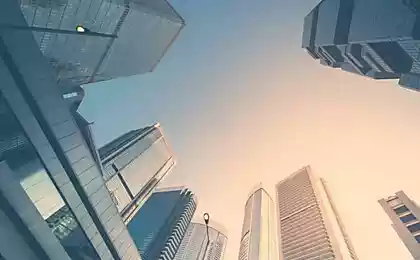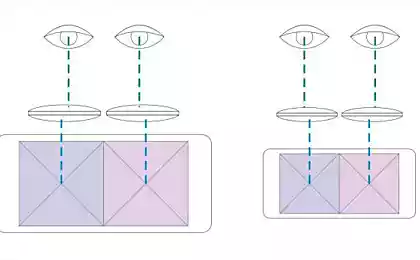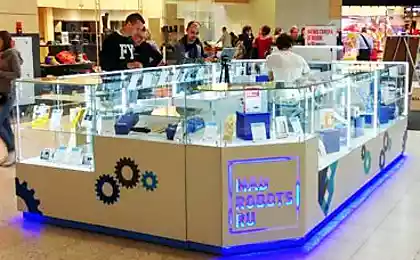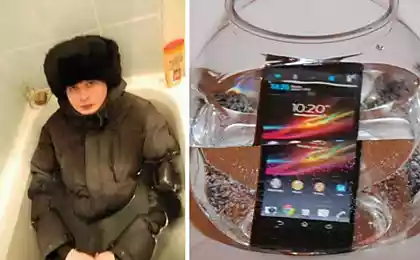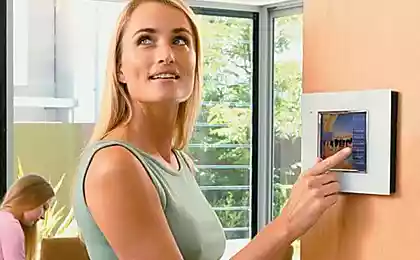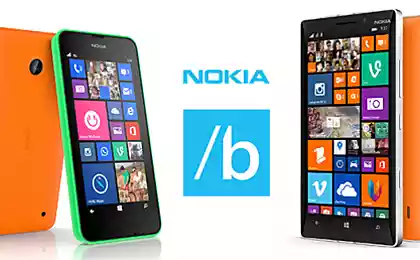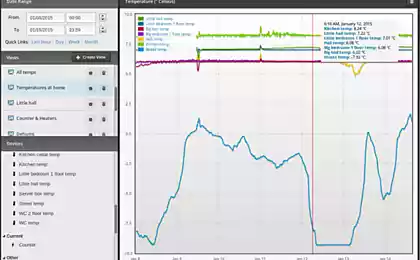581
Smart light: the possibilities for control of lighting
The term "smart light" refers to the environment that is managed by systems control lighting. These systems take into account factors such as the presence of people in the room, the lighting and time of day to turn on and off lights, thus saving electricity and money.
The popularity of the products smart lighting is growing. In fact, the smart light market is the fastest growing in the industry, engaged in manufacturing of lighting equipment. It is expected that by 2020 it will cost $8,14 billion, with an average annual growth rate of 22,07% in the period from 2015 to 2020. This to a large extent contribute to the government laws about saving electricity.
Smart light is a system that includes lighting and electronic systems that control them. Lighting components come in a variety of types: fluorescent lamps, led lamps, xenon lamps and others. Control systems include sensors, microcontrollers, receivers, and other elements responsible for the behavior of light.
In principle, you can do normal light bulbs, but unfortunately, they are unable to provide a full range of solutions that we have in the era of the Internet of things. Classic lamps are binary devices, that is, have only two States: on or off. Intermediate options is often lacking – which is how the light bulbs from the days when they first appeared in our homes.
Smart lamps work differently and provide more opportunity for control. Due to the fact that they use wireless technology, you can control the light from anywhere on Earth using a mobile device or laptop.
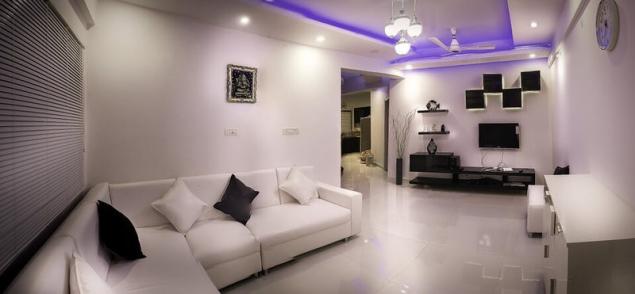
Smart lighting devices give allow you to create a personalized and intelligent environment. Smart light has a large number of useful features, for example, the system can simulate your presence at home when you're away, automatically dims the light when the TV is turned on, to perform the functions of the alarm or signal you of incoming calls and messages. Moreover, the lamps can be switched on automatically when the user comes home, and be controlled by voice commands.
Installing motion sensors, you can adjust the operation of lamps in corridors, utility rooms and so forth, that is where people usually don't stay for long. Automatic light control saves us from having to look in the dark switch: the house will take care of it, for example, switching on the light on the landing before entering the apartment.
However, it is not necessary to forget about service companies and energy suppliers. They also benefit from customer usage of smart technology. They have an opportunity to view the statistics of the energy consumption and, based on these data, automatically dim the lights by 10% during peak hours – the difference a user will not notice but will notice and say "thank you" to his wallet.
By combining wireless technologies with energy efficient lamps in one compact solution, we could change the usual order of things. Light scenarios is a veritable treasure trove for the interior designer. Some light highlighting and hiding in the shadows of the other, you can create several design options in the same room.
The term "smart lighting" can be given a different meaning, depending on whether you want to have a flexible and full-featured standalone solution or to integrate a lighting device in a larger home automation system. In the first case, in the field of independently functioning devices, there is a large selection of products from different manufacturers. Basically, it's a smart light bulb, is visually very similar to their siblings filaments.
Here are a couple of examples of such devices.
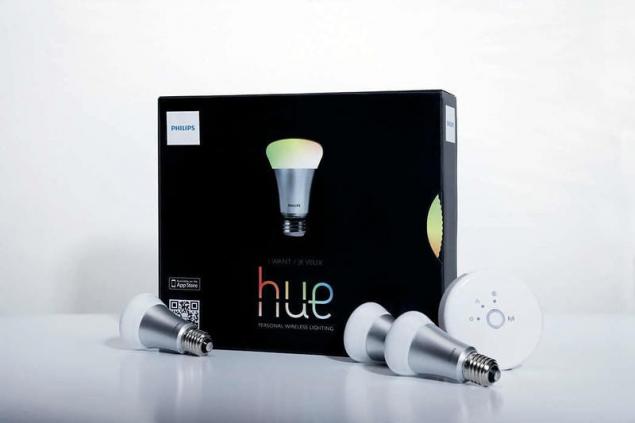
Bulb, Philips Hue allows you to remotely control the lighting to create and configure the desired atmosphere in the room using the app on your smartphone or tablet. The device has a pair of interesting modes, such as "stimulating light" when the lamps are switched on at full brightness, and "reading" – in this case, all selected bulbs will change to white light with optimum brightness levels.
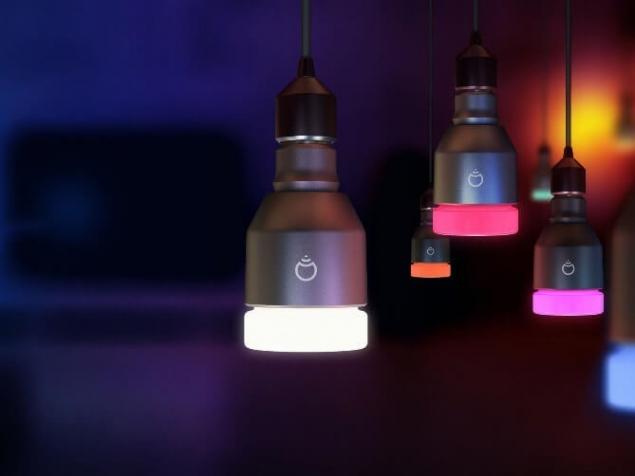
Functionally, the LIFX light bulb is similar to Philips Hue, but, unlike the latter, they don't need a special transmitter (hue bridge). The device connects to your home Wi-Fi router directly, without intermediaries. In the presence indoors of several lighting elements from LIFX, they transmit a signal along the chain to not overload the router.
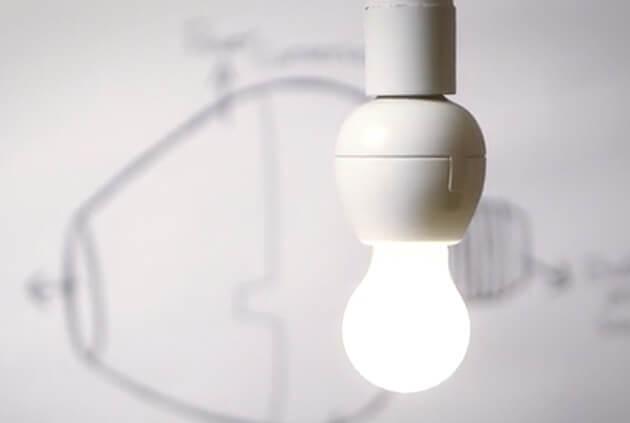
Vocca is not a light bulb – a smart cartridge for them. The device acts as a mediator between a conventional lamp and the conventional cartridge. Smart gadget has the function of speech recognition, allowing the user to control the lighting using code phrases.
As for the situation, when you would like to integrate the device into the global system of the smart home, in this case light bulbs often do not possess "smart" components, and are controlled by the controllers.
Cordless lamps may not be the best solution, since their price is quite high: the cheapest LED lamp is not less than $15, and the cost of lamps that change color, can reach $70 (and more). Moreover, if you replace all the normal bulbs in his apartment in the smart, the smartphone will become the only method of control is not the most sensible decision, although in some situations, and is ideal.
A more sensible solution would be to use wireless switches and dimmers. They work exactly the same way as a conventional device of this type is you can approach them and manually adjust the brightness – but in addition you get the opportunity to control the distance with the help of mobile devices.
Examples of such switches can serve:
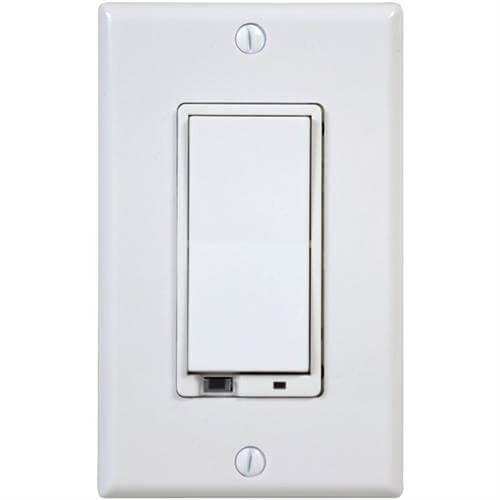
Linear Z-Wave Dimmer that works with various hubs Z-Wave supports halogen, hid, LED lamps and incandescent lamps.

Belkin WeMo Light Switch, which does not require a special hub: it need only a Wi-Fi network and an iOS device.
In conclusion, we note that, as a rule, building a smart home begins with functions of light control, as this function is able to significantly transform your experience in your home. published
P. S. And remember, only by changing their consumption — together we change the world! ©
Source: geektimes.ru/company/gsgroup/blog/277418/
The popularity of the products smart lighting is growing. In fact, the smart light market is the fastest growing in the industry, engaged in manufacturing of lighting equipment. It is expected that by 2020 it will cost $8,14 billion, with an average annual growth rate of 22,07% in the period from 2015 to 2020. This to a large extent contribute to the government laws about saving electricity.
Smart light is a system that includes lighting and electronic systems that control them. Lighting components come in a variety of types: fluorescent lamps, led lamps, xenon lamps and others. Control systems include sensors, microcontrollers, receivers, and other elements responsible for the behavior of light.
In principle, you can do normal light bulbs, but unfortunately, they are unable to provide a full range of solutions that we have in the era of the Internet of things. Classic lamps are binary devices, that is, have only two States: on or off. Intermediate options is often lacking – which is how the light bulbs from the days when they first appeared in our homes.
Smart lamps work differently and provide more opportunity for control. Due to the fact that they use wireless technology, you can control the light from anywhere on Earth using a mobile device or laptop.

Smart lighting devices give allow you to create a personalized and intelligent environment. Smart light has a large number of useful features, for example, the system can simulate your presence at home when you're away, automatically dims the light when the TV is turned on, to perform the functions of the alarm or signal you of incoming calls and messages. Moreover, the lamps can be switched on automatically when the user comes home, and be controlled by voice commands.
Installing motion sensors, you can adjust the operation of lamps in corridors, utility rooms and so forth, that is where people usually don't stay for long. Automatic light control saves us from having to look in the dark switch: the house will take care of it, for example, switching on the light on the landing before entering the apartment.
However, it is not necessary to forget about service companies and energy suppliers. They also benefit from customer usage of smart technology. They have an opportunity to view the statistics of the energy consumption and, based on these data, automatically dim the lights by 10% during peak hours – the difference a user will not notice but will notice and say "thank you" to his wallet.
By combining wireless technologies with energy efficient lamps in one compact solution, we could change the usual order of things. Light scenarios is a veritable treasure trove for the interior designer. Some light highlighting and hiding in the shadows of the other, you can create several design options in the same room.
The term "smart lighting" can be given a different meaning, depending on whether you want to have a flexible and full-featured standalone solution or to integrate a lighting device in a larger home automation system. In the first case, in the field of independently functioning devices, there is a large selection of products from different manufacturers. Basically, it's a smart light bulb, is visually very similar to their siblings filaments.
Here are a couple of examples of such devices.

Bulb, Philips Hue allows you to remotely control the lighting to create and configure the desired atmosphere in the room using the app on your smartphone or tablet. The device has a pair of interesting modes, such as "stimulating light" when the lamps are switched on at full brightness, and "reading" – in this case, all selected bulbs will change to white light with optimum brightness levels.

Functionally, the LIFX light bulb is similar to Philips Hue, but, unlike the latter, they don't need a special transmitter (hue bridge). The device connects to your home Wi-Fi router directly, without intermediaries. In the presence indoors of several lighting elements from LIFX, they transmit a signal along the chain to not overload the router.

Vocca is not a light bulb – a smart cartridge for them. The device acts as a mediator between a conventional lamp and the conventional cartridge. Smart gadget has the function of speech recognition, allowing the user to control the lighting using code phrases.
As for the situation, when you would like to integrate the device into the global system of the smart home, in this case light bulbs often do not possess "smart" components, and are controlled by the controllers.
Cordless lamps may not be the best solution, since their price is quite high: the cheapest LED lamp is not less than $15, and the cost of lamps that change color, can reach $70 (and more). Moreover, if you replace all the normal bulbs in his apartment in the smart, the smartphone will become the only method of control is not the most sensible decision, although in some situations, and is ideal.
A more sensible solution would be to use wireless switches and dimmers. They work exactly the same way as a conventional device of this type is you can approach them and manually adjust the brightness – but in addition you get the opportunity to control the distance with the help of mobile devices.
Examples of such switches can serve:

Linear Z-Wave Dimmer that works with various hubs Z-Wave supports halogen, hid, LED lamps and incandescent lamps.

Belkin WeMo Light Switch, which does not require a special hub: it need only a Wi-Fi network and an iOS device.
In conclusion, we note that, as a rule, building a smart home begins with functions of light control, as this function is able to significantly transform your experience in your home. published
P. S. And remember, only by changing their consumption — together we change the world! ©
Source: geektimes.ru/company/gsgroup/blog/277418/

